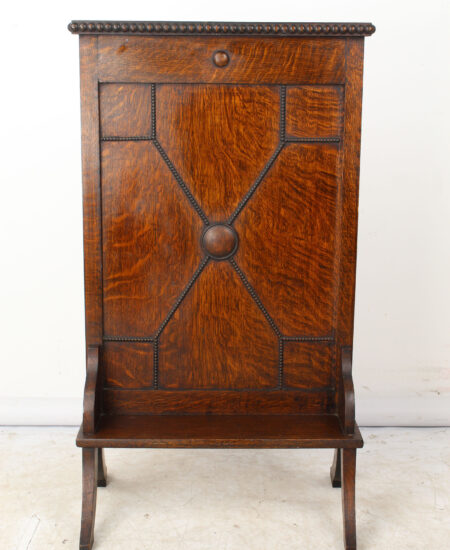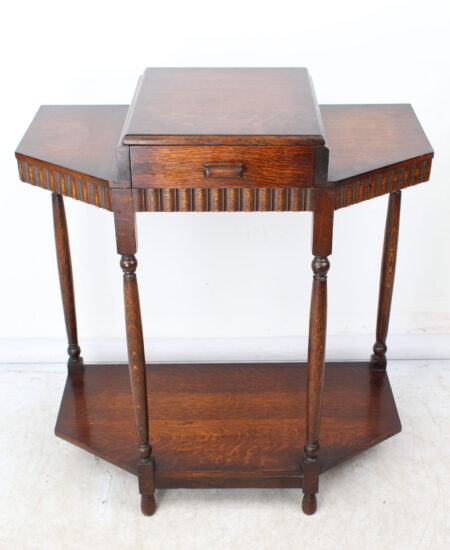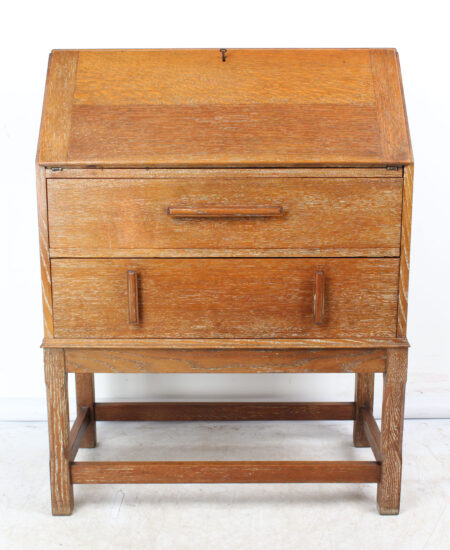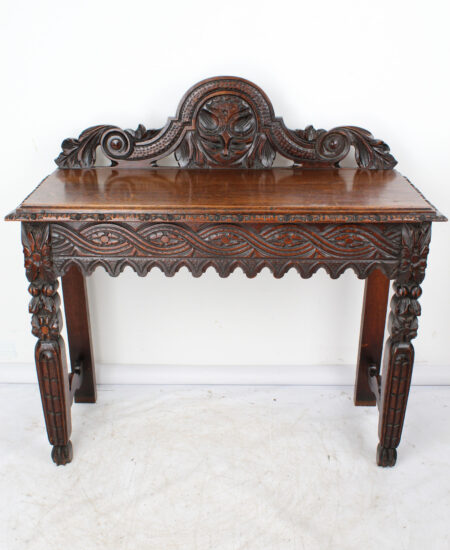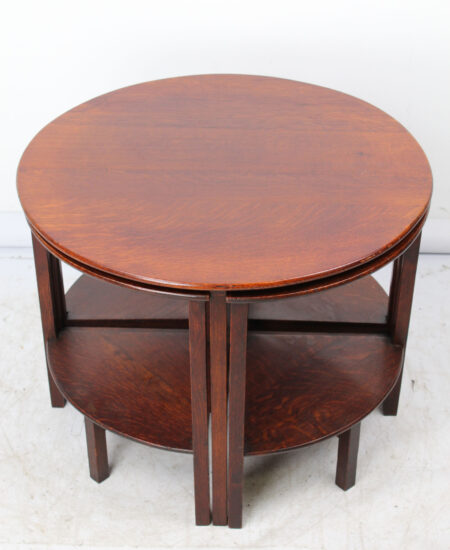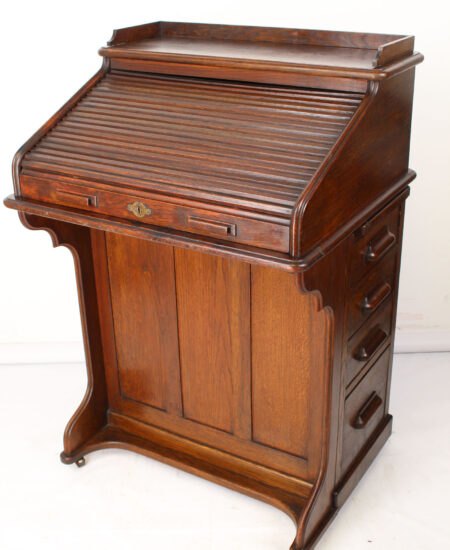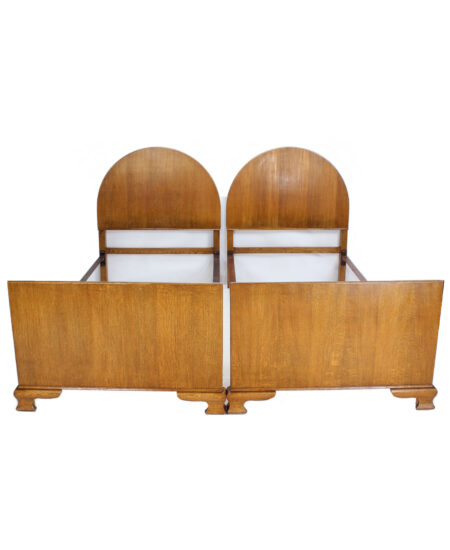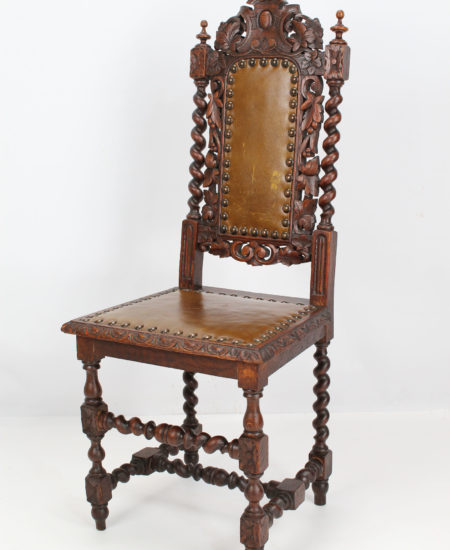-
Edwardian Oak Fire Screen
£145.00 Add to cart -
Small Oak & Elm Corner Cupboard
£175.00 Add to cart -
Art Deco Oak Hall Table
£295.00 Add to cart -
Edwardian Oak Coffee Table
£240.00 Add to cart -
Art Deco Limed Oak Bureau
£395.00 Add to cart -
Victorian Oak Bedside Cabinet
£145.00 Add to cart -
Tall Antique Victorian Oak Cabinet / Cupboard
£350.00 Add to cart -
Antique Victorian Gothic Oak Hall Table
£495.00 Add to cart -
Art Deco Quartetto Nest of Oak Tables
£350.00 Add to cart -
Edwardian Oak Roll Top Davenport Desk by Lebus
£395.00 Add to cart -
Pair of Art Deco Oak Single Beds
£395.00 Add to cart -
Victorian Arts & Crafts Oak Dressing Table Chair
£145.00 Add to cart -
Antique Victorian Oak Gothic Revival Chair
£175.00 Add to cart -
Edwardian Oak Newspaper Stand
£225.00 Add to cart
Oak has been used for fine furniture making since the Middle Ages. It is hard, durable and beautiful and does not damage easily like soft woods. It can take a variety of finishes such as staining, waxing or painting, and with the right care over many years it can achieve a deep and lustrous patina, impossible to fake. It has a very distinctive grain pattern which makes it one of the most easily identifiable of all commonly used woods. Solid oak, although more expensive, is a better choice than oak veneer on a pine or other softwood carcass, as the veneer can lift and is more susceptible to heat or damp damage.
Oak furniture comes in a multitude of forms; tables, chairs, stools, coffers, drawers, bookcases, beds etc. It has the advantage of being less prone to worm infestation than either walnut or mahogany because of its extreme hardness, but evidence of some worm damage in say a 16th century coffer can be expected and would help to confirm its age as genuine.
Care of old oak furniture is important. In order to maintain and develop the patina it is important to avoid wetting the wood. Aerosol polishes should be avoided as continued use can result in a white bloom forming on the surface. The best cleaning and polishing material for oak is pure beeswax, which should be applied every 6 months to keep the item in top condition.

